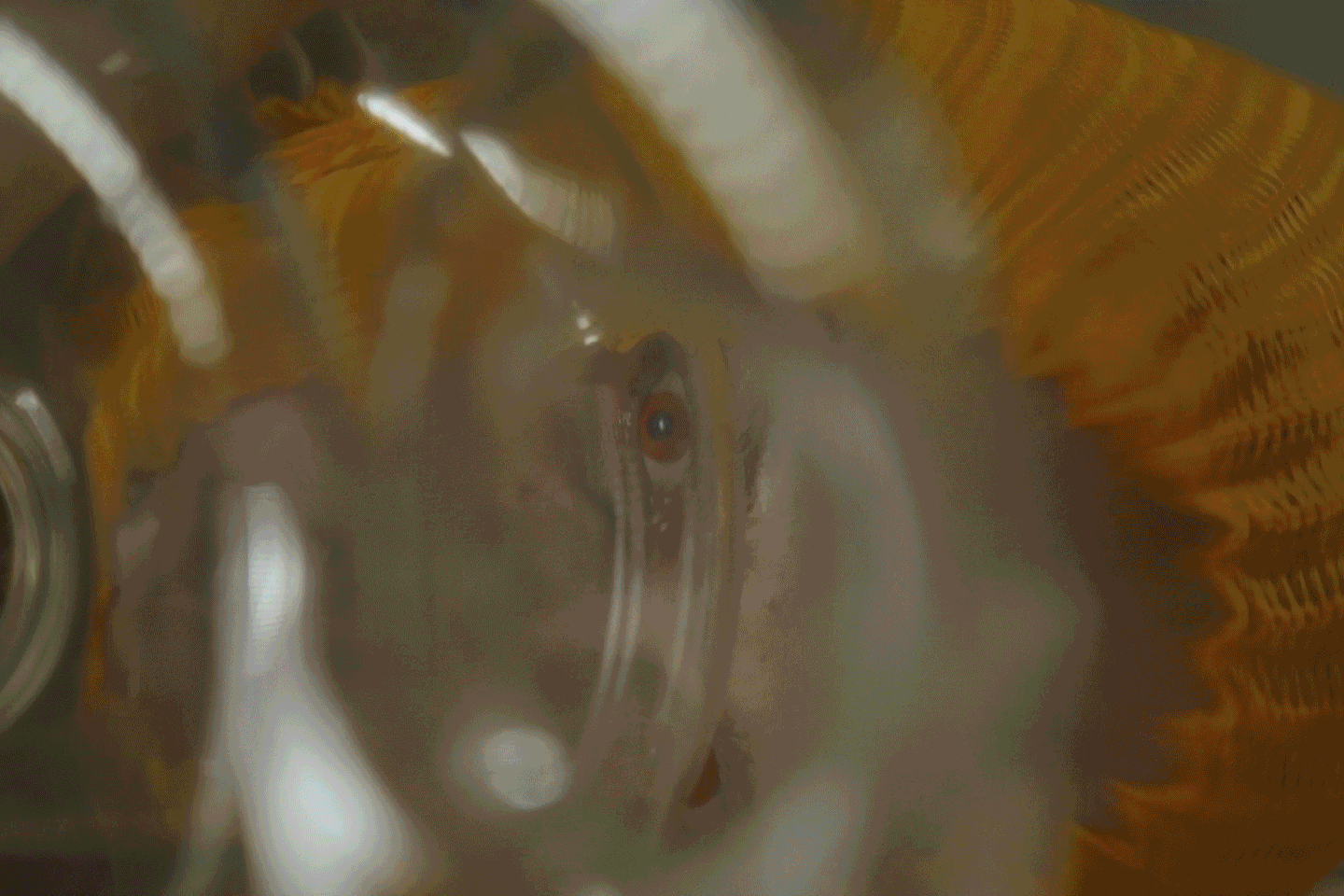Press Release
Is objectivity possible, or is there no escaping our personal perspective? The exhibition What Is It Like to Be a Bat? brings together works by four artists/artist collectives who address how reality is produced. They ask about our relationship to non-

What Is It Like To Be A Bat ?
Kunsthalle Mainz (Germany)
17.03 -04.06.2023

The question of whether objectivity is possible was posed by the philosopher Thomas Nagel in his 1974 text “What Is It Like to Be a Bat?”. Nagel uses bats as a metaphor in order to highlight the differences between subjective experience and objective knowledge. Even if we have researched and proven experimentally all manner of things about how bats function, such as how they orient themselves using echo location, it will, Nagel suggests, nevertheless remain impossible to grasp how a bat actually perceives its surroundings. Put differently: Experiencing a mental state is always subjective. From the contemporary perspective, Nagel’s deliberations can be read as a call to behave more respectfully and modestly toward other life forms and forms of consciousness. This constitutes the starting point for the artistic works in the exhibition. The thought experiment with the bat forges a link to contemporary approaches that, like Nagel, insist on less human-
In this matrix where insights from the natural sciences, philosophical problems, and questions of both ethics and politics mix, the artistic approaches in the exhibition can act as bridges, speculate, and research further. Alternative knowledge systems and nature provide them sources of knowledge that expand the Western, human-
Curated by Yasmin Afschar, Interim Director, Kunsthalle Mainz.
Exhibition 17 March -

© ArtCatalyse International / Marika Prévosto 2023. All Rights Reserved
Dorota Gawęda and Eglė Kulbokaitė, Mouthless Part III, 2023; Zheng Mahler, What is it like to be a (virtual) bat?, 2022, Produced with the kind support of ifa – Institut für Auslandsbeziehungen, in the context of the project ARE YOU FOR REAL; Metahaven, Capture, 2022; Jenna Sutela, Indigo, Yellow and Green Matter (I Magma Cycle), 2021
